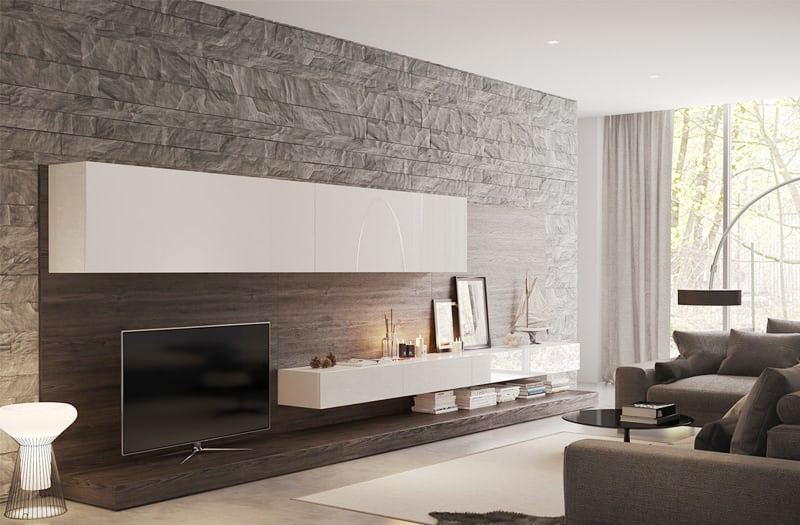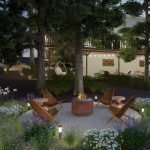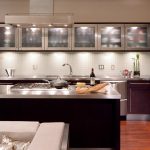Limestone is a sedimentary rock made from layers of calcium carbonate from organic matter, usually in the bottom of a shallow sea. It is pressed into a dense mass over many years by the pressures above it. Some types are very hard, while others are not so hard, depending on where they come from.
Limestone is one of the most popular building materials these days, with its durability and strength as well as the many beautiful finishes that enhance many building projects. One of the main attractions is that you can have either a smooth or a rough texture for stone cladding.
This is achieved both through the cut of the tiles and through their placement. For instance, rough cut tiles have a finish that is rough to the touch, while you can run your hand easily over the smooth textured tiles and it will have a more silky feel.
Usually, the rougher tile is used for fencing or external feature walls while the smoother texture is great for flooring, indoor cladding and features such as a barbecue, seats or tables. The smooth tile is good for floors because it can be more easily sealed.
Rough texture can also be achieved by placing specific tiles out of alignment so that they jut forward, creating an area that is not so much rough to the touch, but broken up. This is a very attractive way to finish external cladding, especially on a deck or patio, or on a feature wall. However, it probably is best used where there is plenty of room so that people don’t bump into the extended tiles.
Smooth tiles are achieved by diamond cutting the tile. That is, diamond tip tools that have a very sharp edge are used to create a smooth finish. They can also be polished or semi-polished with a diamond pad so they are smoother. This offers a smooth surface to absorb the sealant more evenly, otherwise it would pool into all those little cracks and crevices and cause an uneven colour or stain.
Limestone is ideal for many uses in either its rough or smooth forms. It will enhance your home and make it even more valuable because everyone knows that stone is never going to warp, rot or get eaten by termites. It doesn’t need to be painted constantly to seal it against the rain, like timber does. Nor will it rust or burn. In fact, it must be the perfect building material, offering durability, aesthetics, strength and value.
Once it was considered one of the more expensive options, but these days most people realise the value of making that initial payment as they certainly save in upkeep and maintenance, not to mention lifespan.
So whether your limestone cladding is rough cut or smooth, you will be sure to enjoy the same properties of durability, strength and versatility, creating a home to be proud of; one that will be most likely to outlast you with minimal further expense.
In addition, the insulation properties of stone are well known, so over the lifetime of your home you will spend less on heating and cooling because your home will more easily keep its moderate temperature no matter what the weather is doing outside. For all these reasons, a home with limestone cladding is one to be desired.






